Bands Aren't Just For Beginners
Bands Aren't Just For Beginners
Meet Brent. Brent is a pretty good CrossFitter.[instagram url="https://www.instagram.com/p/BIkuoZig8QM/" hide_caption="0"]I mean, he's alright: four event w
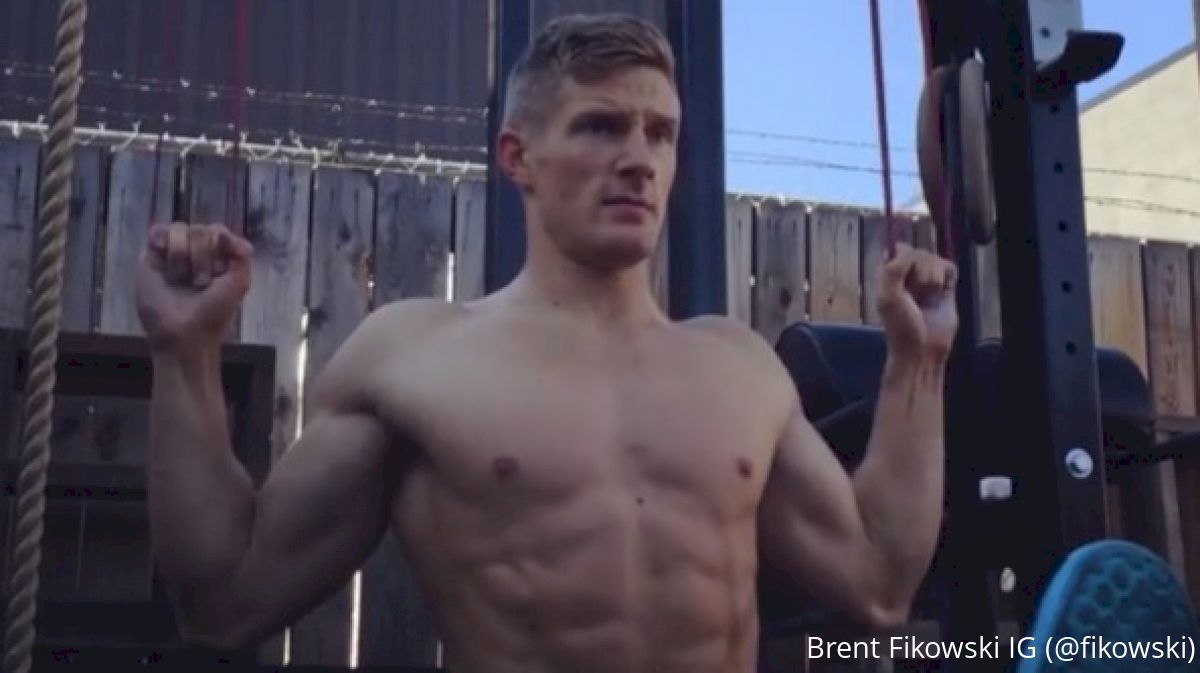
Meet Brent. Brent is a pretty good CrossFitter.
[instagram url="https://www.instagram.com/p/BIkuoZig8QM/" hide_caption="0"]
I mean, he's alright: four event wins at the CrossFit Games and a fourth place finish at the end of his rookie year at the Games is decent I guess.
[instagram url="https://www.instagram.com/p/BIQwLZ2gHbA/" hide_caption="0"]
Brent is different from other CrossFit Games athletes for a variety of reasons (taller and more Canadian to name a couple), but he also trains a little differently as well. You see, Brent uses bands:
[instagram url="https://www.instagram.com/p/BJdOfNNA269/" hide_caption="0"]
And he uses them a lot:
[instagram url="https://www.instagram.com/p/BJAto-yAkVA/" hide_caption="0"]
It's not just bands either. Brent uses really small change plates and dumbbells too:
[instagram url="https://www.instagram.com/p/BJEfHP9AxFG/" hide_caption="0"]
So what gives? Are 2.5lb bent over flys the secret to finishing fourth at the Games? Well, kind of.
Brent's success comes not only from attacking weaknesses but also patiently developing his skills and positioning through targeted accessory work. There's a lot going on in that sentence, so let's break it down.
This is something nearly everyone who CrossFits understands at a core level. If you're looking to improve your fitness, then you better take a long look at the holes in your game.
Athletes like Rich Froning use this as their guiding principle when programming, often asking themselves "what do I need to work on" before designing a workout that can help improve that specific capacity.
In Brent Fikowski's case, he's always known his handstand push ups aren't a strength and has specifically worked on his pressing a few times a week in a thoughtful and progressive manner for the past couple years. Identifying and addressing weaknesses is just the beginning though.
A lot of times we can easily identify our weaknesses but can't necessarily find a good way to fix them. There may be some progressions we can follow online or coaching cues we can find to help guide us, but a lot of times "fixing weaknesses" looks a lot like "trying and failing the same movement over and over again" and that's not the most efficient or effective way to accomplish this.
Enter accessory work. I use "accessory work" as a catch-all term generally referring to movements which isolate, target, or develop one specific muscle or group of muscles which are generally underdeveloped or inadequately developed through more general movements.
An example of accessory work most people are familiar with (but is savagely underutilized) is the GHD back extension:
Like nearly all accessory work, the back extension is low power output (it's not fast or heavy), specific (entirely focused on the spinal erectors), and potent (even a little bit goes a long way).
The back extension is an example of accessory work on big muscles. In those video up there, Fikowski uses small weights to do lateral raises and bent over flys, both of which are examples of accessory work on smaller muscles.
Again, these are low power output, specific, and potent. This type of accessory work tends to be slower and lighter than our regular workout movements. If you're utilizing this type of accessory work, you're going to be "chasing the pump" to know you're effectively hitting the right places.
But some accessory work is actually a lot like our regular movements. Take a look at Fikowski's ring dip progression again:
[instagram url="https://www.instagram.com/p/BJdOfNNA269/" hide_caption="0"]
He's moving slowly, carefully placing himself in the correct positions in each phase of each rep. This is a great example of using full movements to improve skill and positioning. It's important to note that he's using bands here even though he doesn't need them.
Since he's prioritizing skill and positioning, doing the movement perfectly is paramount so using the bands to get in those positions is part of the plan.
Fixing weaknesses takes time and you've gotta be patient. Accessory work is low power and specific so you'll see some changes relatively quickly (especially if you're working on something you've never touched before), but to make those small gains pay off in the long term takes consistent application.
If your shoulders aren't stable overhead and you've identified a weak set of rear delts and tight biceps tendons as the culprits, then you're going to have to work on those for a long time before you'll have an unshakable overhead position.
Think of accessory work as barbecue: long, slow cooking leads to the best results. If you're looking to make some brisket, but you only smoke the meat for 15 minutes at a time you're not going anywhere delicious; you've gotta get the meat in the smoker and let it smoke for hours and hours and hours until it's ready.
Your body will react the same way to accessory work: if you apply it inconsistently and irregularly, you're not getting anywhere. Find your weaknesses, pick your accessory work, and attack them every week until you no longer have that weakness. Then repeat with another weakness.
Have you seen the trailer for Being Brent Fikowski yet? Episode 1 premiers October 17th, exclusively on FloElite.
[instagram url="https://www.instagram.com/p/BIkuoZig8QM/" hide_caption="0"]
I mean, he's alright: four event wins at the CrossFit Games and a fourth place finish at the end of his rookie year at the Games is decent I guess.
[instagram url="https://www.instagram.com/p/BIQwLZ2gHbA/" hide_caption="0"]
Brent is different from other CrossFit Games athletes for a variety of reasons (taller and more Canadian to name a couple), but he also trains a little differently as well. You see, Brent uses bands:
[instagram url="https://www.instagram.com/p/BJdOfNNA269/" hide_caption="0"]
And he uses them a lot:
[instagram url="https://www.instagram.com/p/BJAto-yAkVA/" hide_caption="0"]
It's not just bands either. Brent uses really small change plates and dumbbells too:
[instagram url="https://www.instagram.com/p/BJEfHP9AxFG/" hide_caption="0"]
So what gives? Are 2.5lb bent over flys the secret to finishing fourth at the Games? Well, kind of.
Brent's success comes not only from attacking weaknesses but also patiently developing his skills and positioning through targeted accessory work. There's a lot going on in that sentence, so let's break it down.
Increasing fitness by attacking weaknesses
This is something nearly everyone who CrossFits understands at a core level. If you're looking to improve your fitness, then you better take a long look at the holes in your game.
Athletes like Rich Froning use this as their guiding principle when programming, often asking themselves "what do I need to work on" before designing a workout that can help improve that specific capacity.
In Brent Fikowski's case, he's always known his handstand push ups aren't a strength and has specifically worked on his pressing a few times a week in a thoughtful and progressive manner for the past couple years. Identifying and addressing weaknesses is just the beginning though.
Developing skills and positioning through accessory work
A lot of times we can easily identify our weaknesses but can't necessarily find a good way to fix them. There may be some progressions we can follow online or coaching cues we can find to help guide us, but a lot of times "fixing weaknesses" looks a lot like "trying and failing the same movement over and over again" and that's not the most efficient or effective way to accomplish this.
Enter accessory work. I use "accessory work" as a catch-all term generally referring to movements which isolate, target, or develop one specific muscle or group of muscles which are generally underdeveloped or inadequately developed through more general movements.
An example of accessory work most people are familiar with (but is savagely underutilized) is the GHD back extension:
Like nearly all accessory work, the back extension is low power output (it's not fast or heavy), specific (entirely focused on the spinal erectors), and potent (even a little bit goes a long way).
The back extension is an example of accessory work on big muscles. In those video up there, Fikowski uses small weights to do lateral raises and bent over flys, both of which are examples of accessory work on smaller muscles.
Again, these are low power output, specific, and potent. This type of accessory work tends to be slower and lighter than our regular workout movements. If you're utilizing this type of accessory work, you're going to be "chasing the pump" to know you're effectively hitting the right places.
But some accessory work is actually a lot like our regular movements. Take a look at Fikowski's ring dip progression again:
[instagram url="https://www.instagram.com/p/BJdOfNNA269/" hide_caption="0"]
He's moving slowly, carefully placing himself in the correct positions in each phase of each rep. This is a great example of using full movements to improve skill and positioning. It's important to note that he's using bands here even though he doesn't need them.
Since he's prioritizing skill and positioning, doing the movement perfectly is paramount so using the bands to get in those positions is part of the plan.
Having patience
Fixing weaknesses takes time and you've gotta be patient. Accessory work is low power and specific so you'll see some changes relatively quickly (especially if you're working on something you've never touched before), but to make those small gains pay off in the long term takes consistent application.
If your shoulders aren't stable overhead and you've identified a weak set of rear delts and tight biceps tendons as the culprits, then you're going to have to work on those for a long time before you'll have an unshakable overhead position.
Think of accessory work as barbecue: long, slow cooking leads to the best results. If you're looking to make some brisket, but you only smoke the meat for 15 minutes at a time you're not going anywhere delicious; you've gotta get the meat in the smoker and let it smoke for hours and hours and hours until it's ready.
Your body will react the same way to accessory work: if you apply it inconsistently and irregularly, you're not getting anywhere. Find your weaknesses, pick your accessory work, and attack them every week until you no longer have that weakness. Then repeat with another weakness.
Have you seen the trailer for Being Brent Fikowski yet? Episode 1 premiers October 17th, exclusively on FloElite.
Related Content
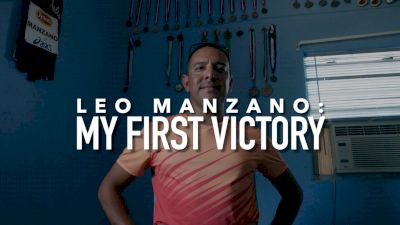 Olympic Runner Leo Manzano: My First Victory
Olympic Runner Leo Manzano: My First VictorySep 17, 2021
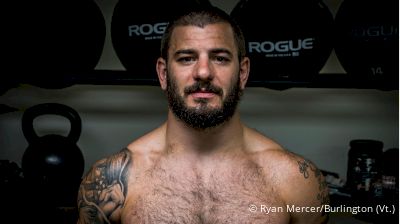 Five-Time CrossFit Champ Mat Fraser Retires
Five-Time CrossFit Champ Mat Fraser RetiresFeb 3, 2021
 Get The FloSports App
Get The FloSports AppNov 17, 2020
 FloSports Partners With Rx Sports
FloSports Partners With Rx SportsSep 16, 2020
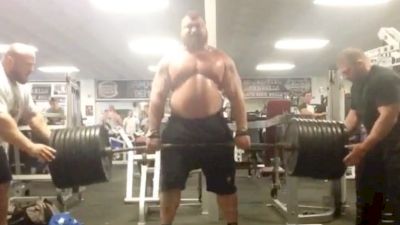 Eddie Hall Is Still A Beast
Eddie Hall Is Still A BeastSep 1, 2020
 Eric Roza Named CEO & Owner Of CrossFit
Eric Roza Named CEO & Owner Of CrossFitJun 24, 2020
 We Stand With You
We Stand With YouJun 2, 2020
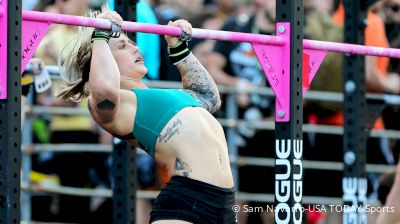 Everything You Need To Prepare For Murph
Everything You Need To Prepare For MurphMay 21, 2020
 Happy Birthday Chad Vaughn
Happy Birthday Chad VaughnMay 11, 2020